Roofing Services in Ealing are essential to protecting your property’s value, safety, and performance—safeguarding against leaks, damp, and energy loss. As trusted specialists serving London and the Home Counties (Kent, Surrey, West Sussex, Berkshire), every project is managed for compliance, care, and lasting durability that meets local and regulatory standards.
With decades of experience, key accreditations (Which Trusted Trader, CITB), and partnerships with Welsh Slate, ALM Lead, and Kemper, you can rely on quality results and long-term reassurance.
Book a free survey today and protect your property.

Neglecting roofing problems exposes your property to leaks, damp, energy loss, and serious structural issues over time. Delays always increase costs, risks, and the potential for long-term disruption.

Professional Roofing Services in Ealing quickly resolve these risks—improving weather protection, enhancing energy efficiency, and ensuring compliance with Building Regulations. Whether you’re a homeowner wanting peace of mind, a landlord focused on asset value, or a business seeking safety and operational resilience, proactive roofing care remains a secure investment.
Roofing Services in Ealing provide installations, repairs, upgrades, and restorations for homes, businesses, and heritage properties. Every service is built for long-term performance and Building Regulations compliance, using premium materials from industry-leading suppliers. Your solution is always tailored to property type and delivered with precision, safety, and care.
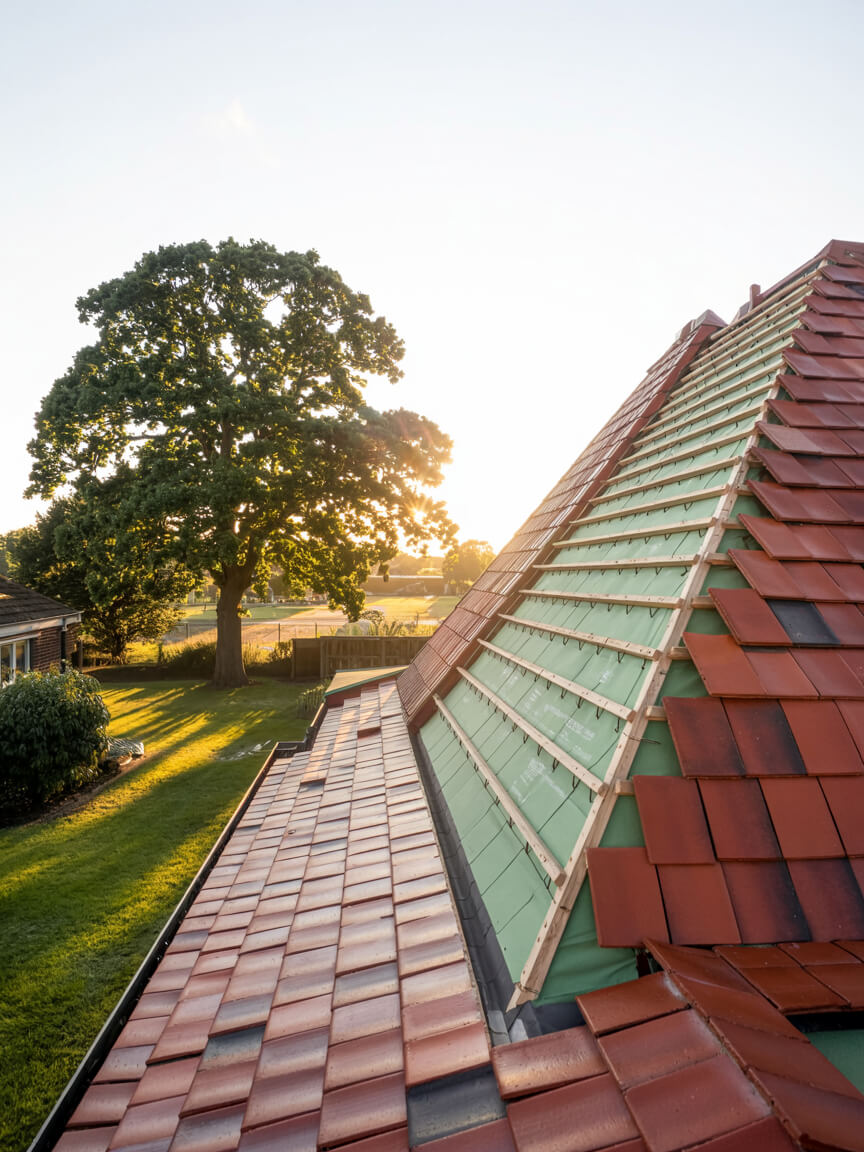
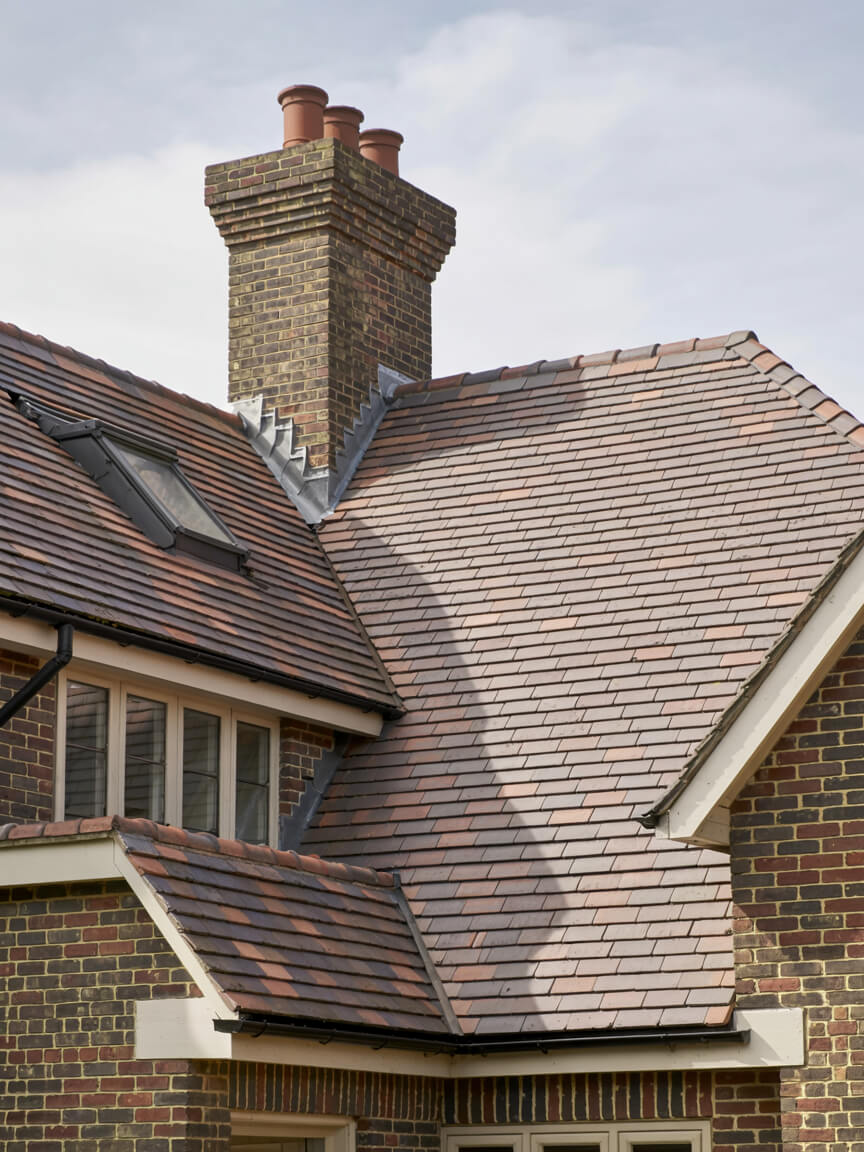
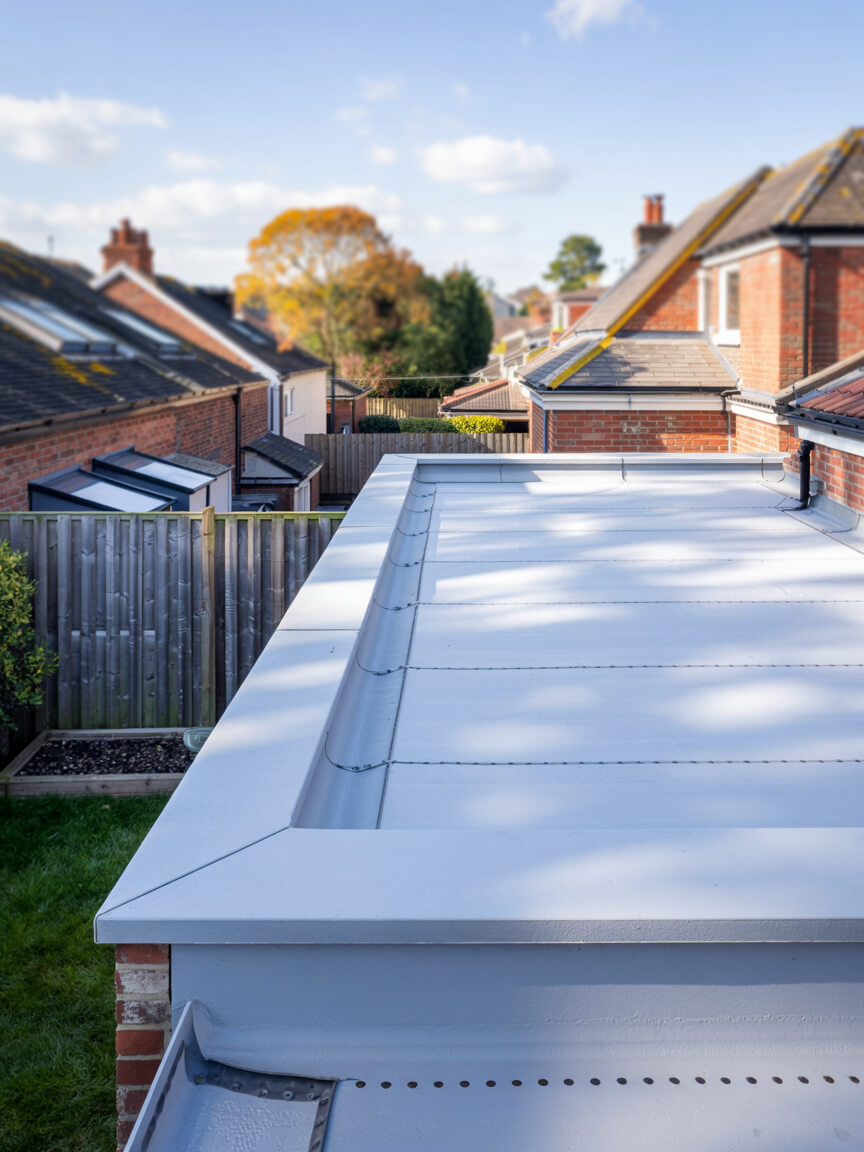
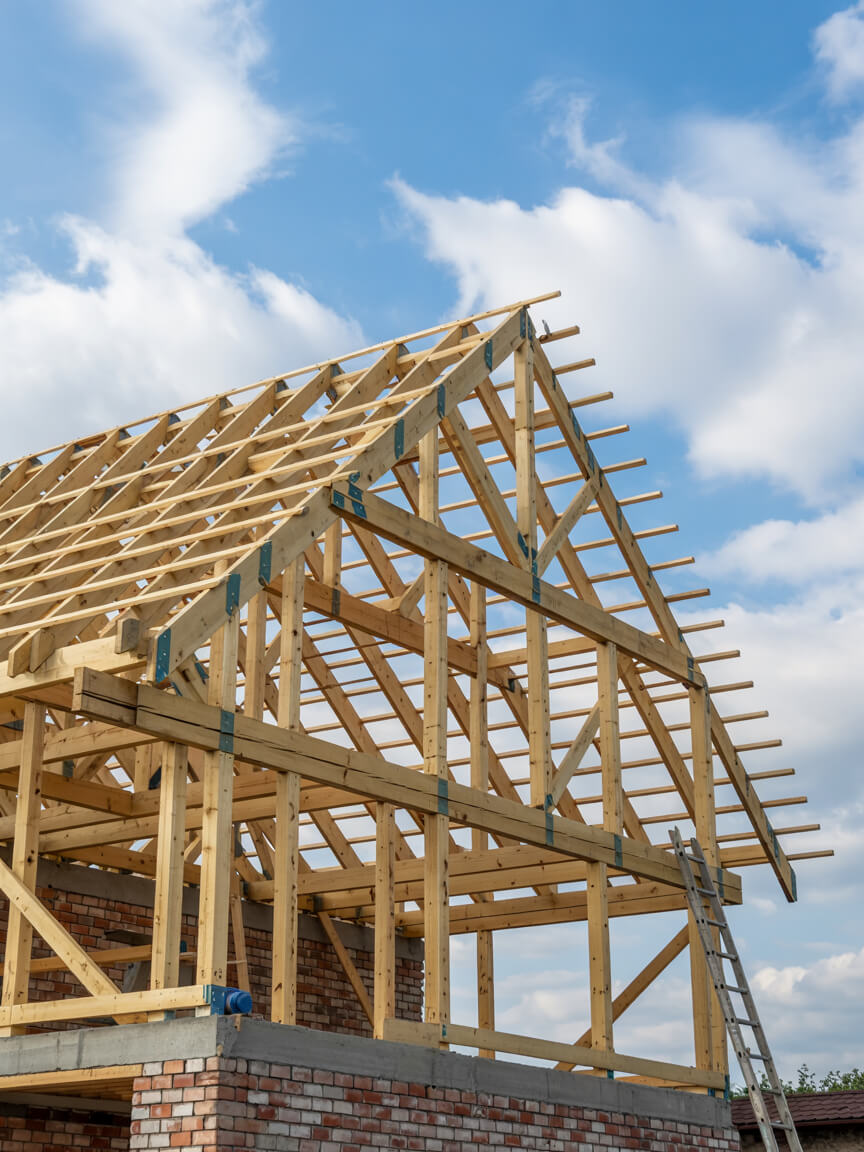
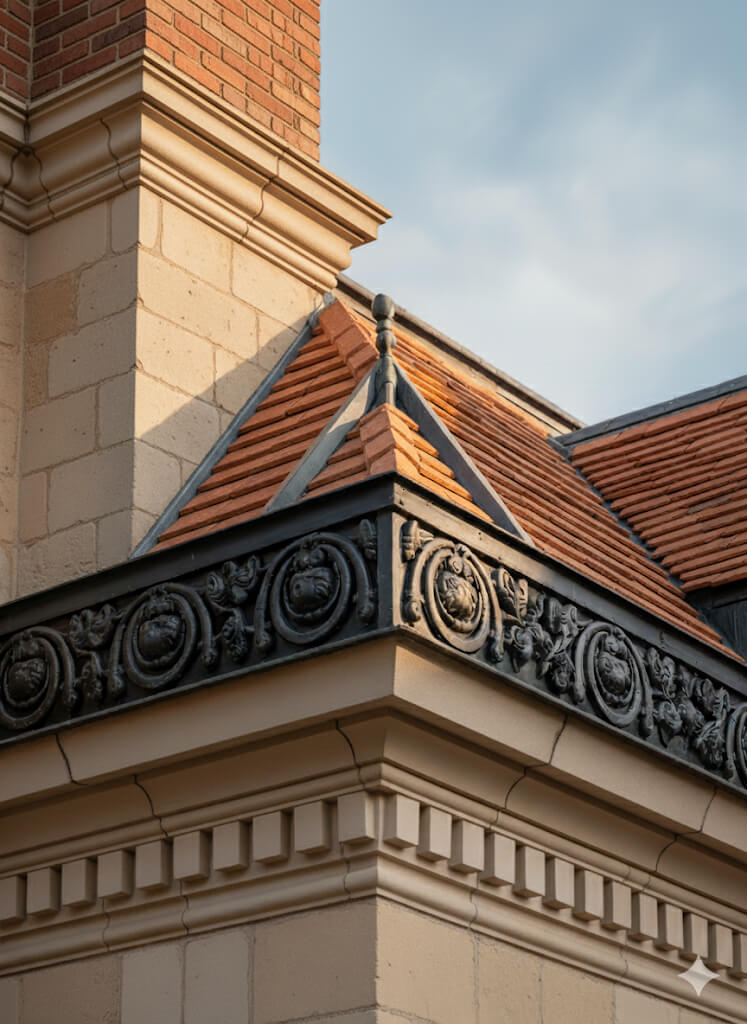
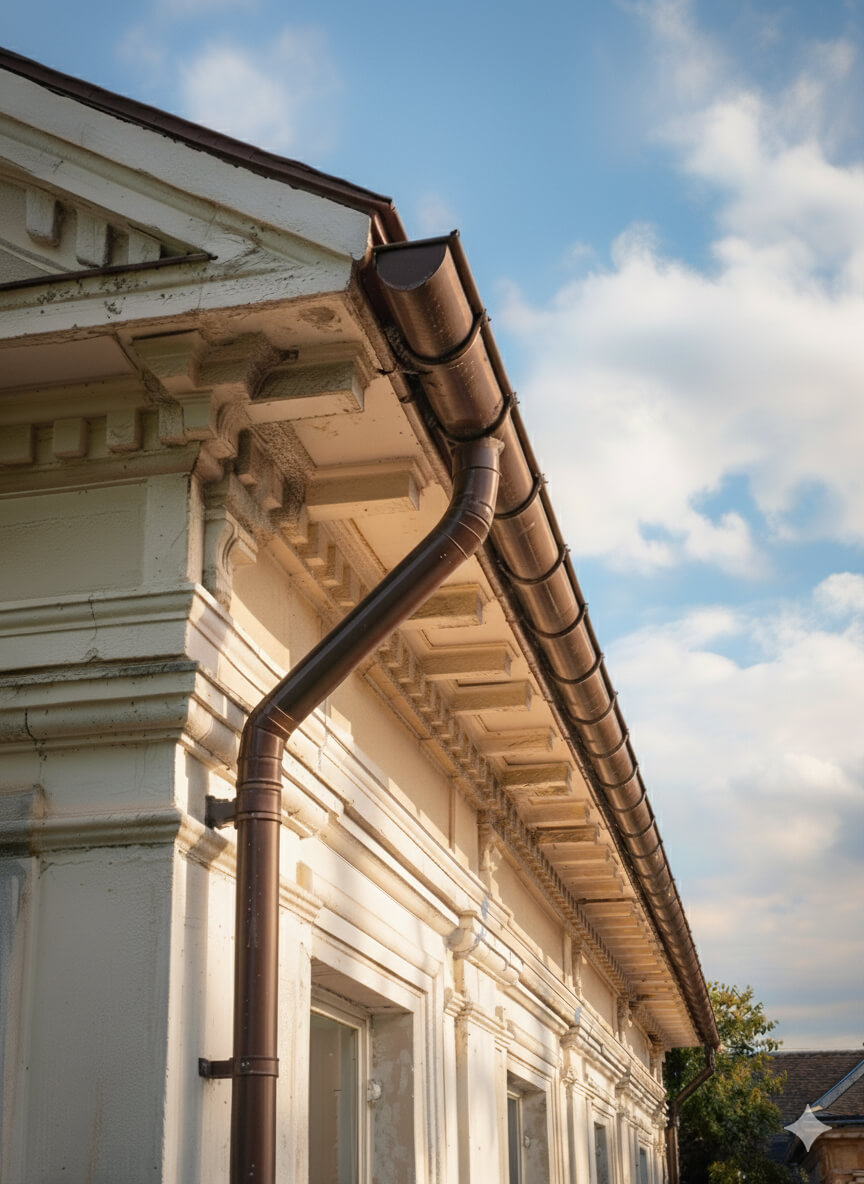

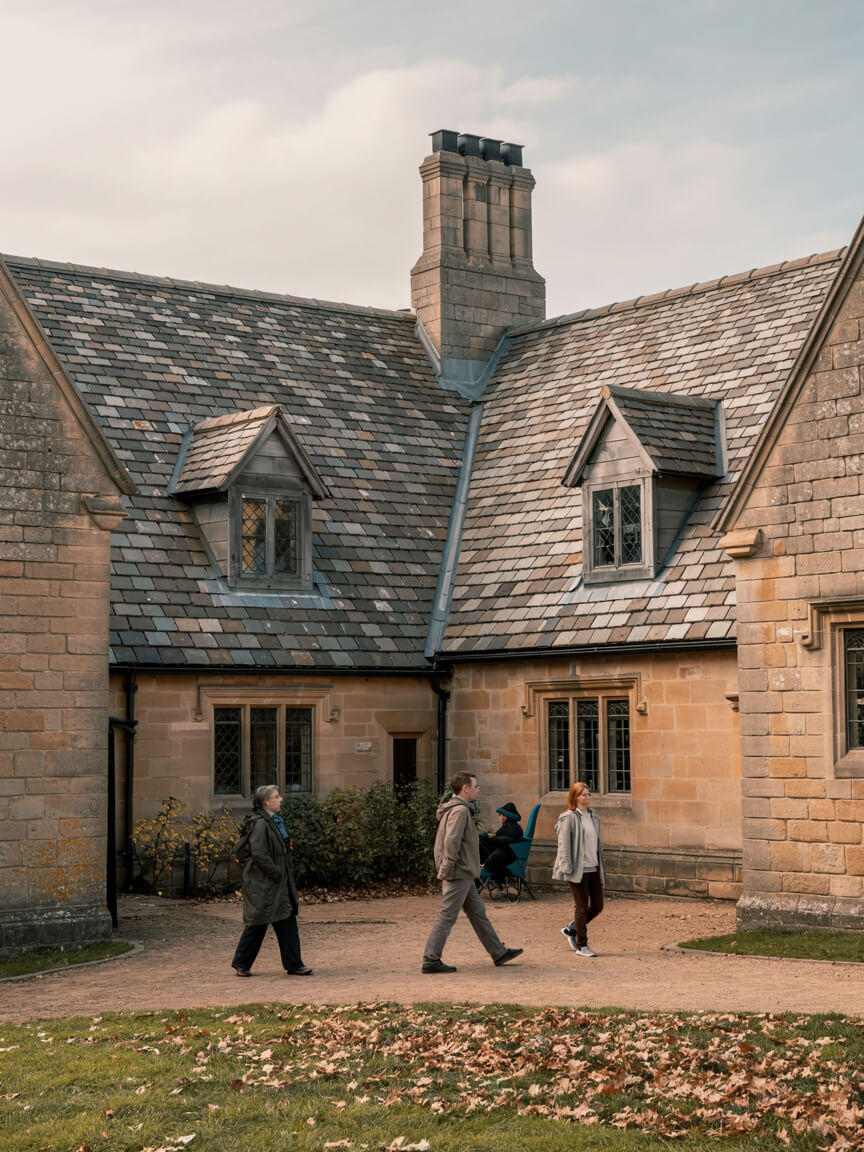
Every Roofing Services in Ealing project is adapted to property type, roof structure, and environmental demands. Tailoring ensures compliance with regulations, minimises disruption, and maximises long-term value. From homes and businesses to industrial sites and listed heritage buildings, our flexible approach guarantees roofing solutions that meet unique needs while delivering safety, efficiency, and reliability.
Homes, extensions, and listed buildings.
Offices, retail, schools, and hospitality.
Warehouses, factories, and logistics sites.
Every Roofing Services in Ealing project follows proven steps with quality materials. Whether a new installation, upgrade, or repair, each layer adds durability, safety, and efficiency—tailored to protect your property and meet regulatory standards.
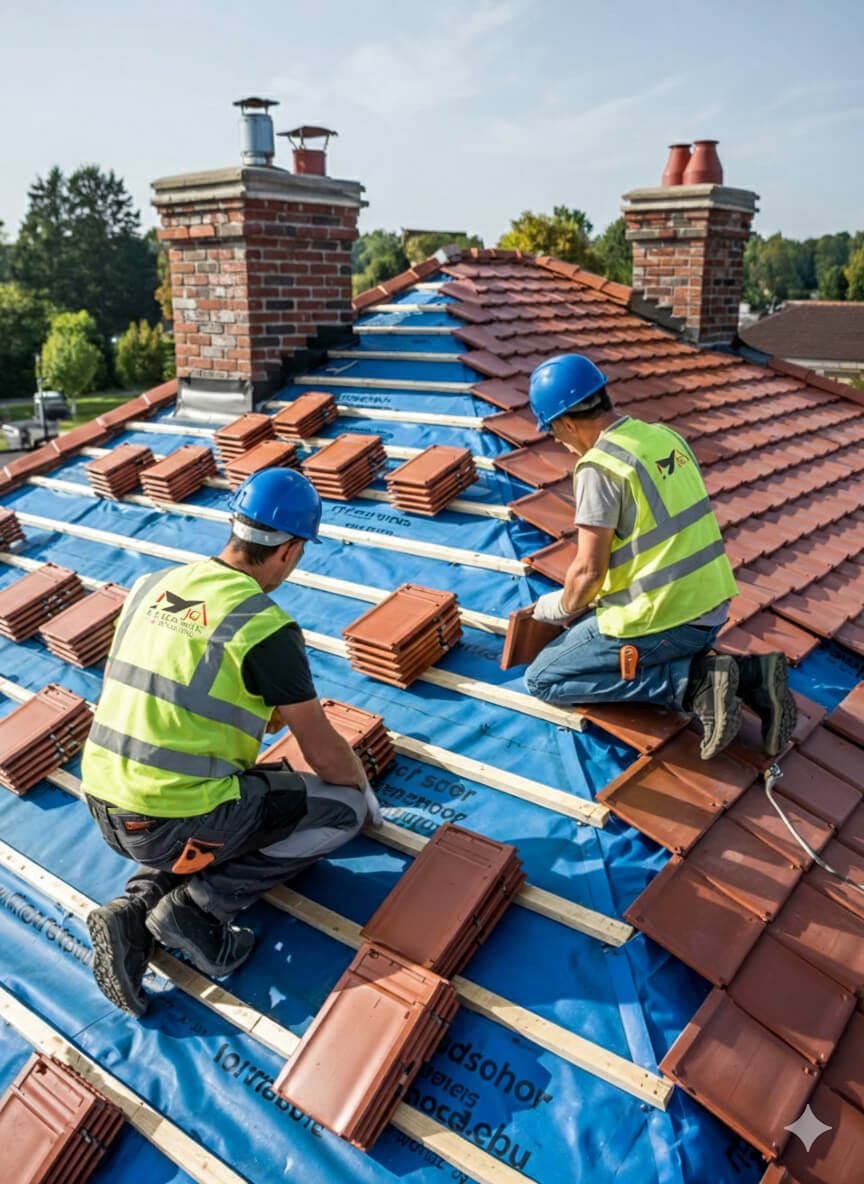
Get a free, no-obligation quote today.
Our experts are standing by to help you choose the perfect flat roofing solution.
⏱ Response within 24 hours guaranteed
Accredited by Which Trusted Trader, CITB, and approved by Kemper and Westwood, our team delivers safe, compliant, and warranty-protected Roofing Services in Ealing projects. These credentials mean guaranteed standards and long-term assurance—reinforced by the positive client reviews that consistently highlight quality, professionalism, and trust.


Complete reroofing. Living in Singapore at the time and T was super responsive and communicative.
Replacement of lead box gutter and new flashing to parapet wall. I had an excellent experience using James and the team. He was very prompt in all aspects of communication and completed a first class job. Really pleased.
James completed some repairs on our roof and replaced some of our pebble dash by the roof as well. He was very thorough and fixed everything. He kept us really informed by taking photos and showing us what he did and keeping us updated. It also went onto our neighbours roof and he did the same fo...
We had a leak in our bedroom and James fixed the roof for us to stop it from leaking. All the work came with a warranty. The work that was carried out was good. James and his team were polite, and did all the work quickly and without too much interruption to our day-to-day lives. Would recommend ...
J G Leadworks have repaired and replaced the roofs and gulleys over our warehouse and workshops which have meant both areas are now watertight
James and team were incredibly responsive to my request to look at a serious leak issue on my flat roof. They did a very thorough investigation and explained in detail the issue and gave a fair quote. They were quick to book in and complete the work and have checked in afterwards a few times to m...
James was quick to respond to the initial contact and was able to work around some time constraints I had. He explained what needed doing clearly and was happy to answer follow up questions. He took pictures to show each stage and I feel confident in the work that was done by James and the team. ...
JG Roofing were very easy to work with. Their quote was sensible and they stuck to that figure. They completed many repairs to my roof including, rebuilding a leaded gutter, reinforcing rotten rafters, rebuilding a long felted gutter and felting parapet walls, resurfacing and felting a flat roof,...
Planning and legal checks protect clients from costly errors, delays, and non-compliance, ensuring roofing projects meet regulatory and safety requirements.
Permission is typically required for listed properties, conservation areas, or major roof alterations. All projects must also satisfy Building Regulations, including Part A (structural safety) and Part L (energy efficiency), ensuring compliant and future-proofed installations.
Our team manages the full process, from initial surveys to legal guidance, preparing documentation, and liaising with local authorities where needed. Whether working on modern homes or heritage sites, we ensure every project is delivered legally, safely, and with minimal disruption—providing complete reassurance and peace of mind to property owners.

Every project unites skilled workmanship with rigorously tested materials.
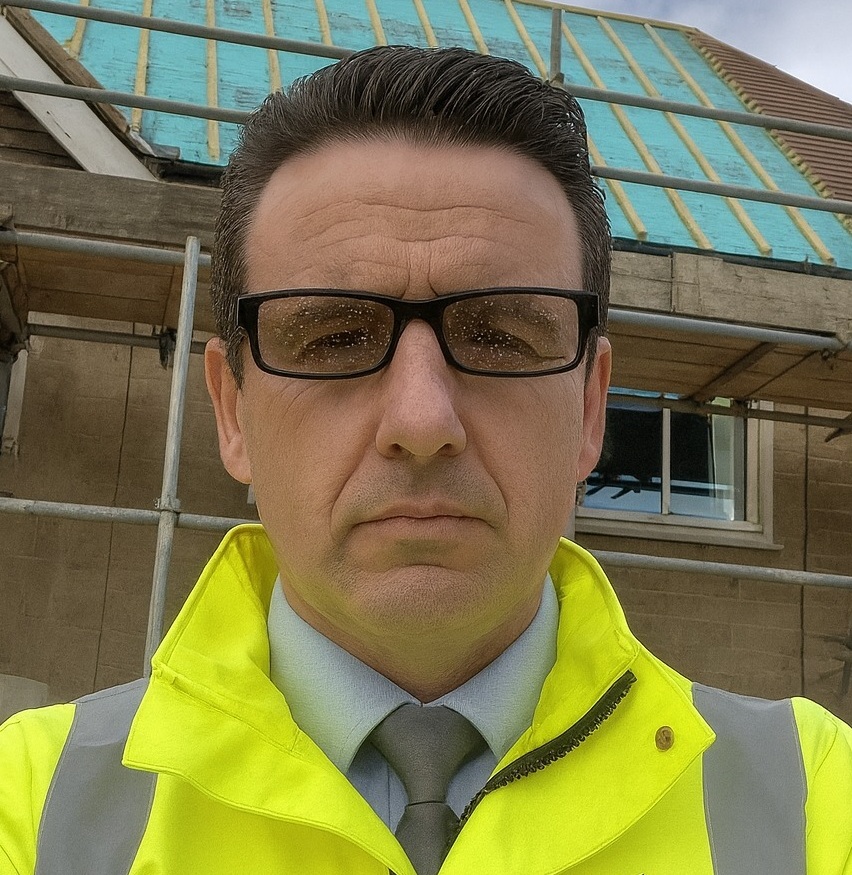
With 25 years of experience in lead sheet roofing, James is a trusted expert in heritage roofing, slate, and tiling. His knowledge of traditional methods, paired with modern compliance, makes him a go-to specialist for projects that demand both craftsmanship and durability.
Roofing Services in Ealing provides lasting protection, efficiency, and value, delivering durable, compliant roofing solutions that safeguard every type of property investment.
Selecting Roofing Services in Ealing involves balancing durability, budget, compliance, and aesthetics to secure the best-fit roofing solution for your property.
Why Clients Choose JG Leadwork and Roofing
With decades of trade experience, our teams understand the unique demands of London and Home Counties roofing. From heritage-listed properties to contemporary extensions, we adapt solutions to local regulations, weather conditions, and architectural styles with precision.
Accredited by Which Trusted Trader, CITB, and approved by Kemper, Westwood, IKO, ALM, and other leading suppliers.
These credentials guarantee safety, compliance, and access to manufacturer-backed warranties, giving clients peace of mind that their project meets the highest professional standards and benefits from warranty protection.
Our heritage projects use Welsh Slate and handmade clay tiles for authenticity, while leadwork is delivered to Lead Sheet Association (LSA) standards. Commercial installations employ Kemper and Westwood liquid systems for durability and efficiency. Each example demonstrates our reliability, blending traditional craftsmanship with modern performance.
Our workforce includes skilled roofers, heritage specialists, and safety-certified installers.
Every roofer holds NVQs, receives ongoing CPD training, and is qualified in both modern flat systems and traditional techniques, including slate and leadwork.
Team structure ensures projects run smoothly—surveyors identify needs, installers deliver with precision, and supervisors oversee compliance. This approach minimises disruption, accelerates timelines, and guarantees consistent quality across residential, commercial, and industrial roofing projects.
Every project is regulation-compliant, warranty-backed, and focused on long-term results.
Client testimonials and case studies confirm our track record, with projects praised for professionalism, durability, and customer support.
We go beyond installation with aftercare packages, maintenance support, and open communication at every stage. Property owners gain reassurance that JG Leadwork and Roofing stands behind its work. Book a free survey today and discover why homeowners, landlords, and businesses trust us with their roofing.

Get a free quote, rapid response, and expert service across London and the Home Counties. Contacting JG Leadwork and Roofing is your simple first step to dependable roofing solutions.
We source materials from leading suppliers including Supreme and IKO felt systems, Kemper, Westwood and Proteus liquid systems, Welsh Slate, handmade clay tiles, ALM Lead Mills, and Nicholson Air Track. These trusted brands guarantee durability, compliance, and warranty-backed performance across flat, pitched, heritage, and commercial roofing projects.
.
.
For homes, Roofing Services in Ealing safeguards comfort and enhances kerb appeal with durable, energy-efficient systems. Whether modern extensions or traditional pitched roofs, tailored solutions improve living standards and protect property value.
For businesses, Roofing Services in Ealing delivers cost-effective, large-scale installations with minimal disruption. Projects are planned around operations, with safety compliance, energy performance, and flexible scheduling built in—supporting offices, retail, schools, and industrial facilities with reliable, regulation-ready outcomes.
For heritage properties, Roofing Services in Ealing combines authentic materials such as Welsh slate, handmade clay tiles, and ALM lead with skilled conservation techniques. Listed building consent and conservation requirements are fully managed, ensuring traditional character is preserved while integrating modern weatherproofing. This careful balance provides long-term durability without compromising historic integrity or aesthetic value.
JG Leadwork and Roofing delivers Roofing Services in Ealing across housing, commercial, heritage, and public sectors. Every industry comes with unique requirements, from safety and compliance to efficiency and conservation. Our adaptability ensures projects are delivered with precision and professionalism—whether safeguarding homes, supporting business continuity, preserving history, or protecting critical public and healthcare facilities.
Durable roofing installed with minimal disruption, ensuring safe, regulation-compliant workspaces for staff and visitors.
High-standard, compliance-focused solutions protect community facilities while meeting strict safety and regulatory obligations.
Heavy-duty roofing tailored for wide spans, ventilation, and long-term maintenance efficiency.
Authentic materials and sensitive methods preserve historic character while adding modern protection.
Weatherproof systems that enhance kerb appeal and guarantee uninterrupted trading for outlets.
Tailored roofing improves guest comfort, safety, and ambience across hotels, restaurants, and venues.
Safe, durable systems designed for schools and universities with minimal learning disruption.
Specialist roofing solutions built for hygiene, safety, and regulatory compliance in medical environments.
Our team of NVQ-qualified roofers, LSTA-trained specialists, and health & safety-compliant professionals bring decades of combined experience. Every project is delivered with meticulous attention to detail, ensuring safe practices and consistent quality across flat, pitched, heritage, and commercial roofing disciplines.
Expertise includes heritage leadwork, slate and tile roofing, modern flat systems, and drone-assisted roof surveys. Ongoing CPD training ensures adaptability to both traditional craftsmanship and the latest innovations—giving clients confidence that every roof is built or repaired with proven skill and care.

A thorough survey highlights existing issues, structural considerations, and upgrade opportunities, ensuring the best-fit solution is identified from the very beginning.
Transparent, itemised quotes detail costs, timelines, and materials—giving you complete clarity and confidence before work starts, with no hidden surprises.
Scaffolding, access solutions, and robust safety measures are put in place to safeguard both property and people throughout the project.
Skilled roofers complete the work using accredited materials and proven techniques, delivering durable, compliant results while keeping disruption to a minimum—whether for repairs, replacements, or new installations.
Each stage is inspected against manufacturer standards and Building Regulations, with photographic documentation provided for transparency and peace of mind.
Each stage is inspected against manufacturer standards and Building Regulations, with photographic documentation provided for transparency and peace of mind.
In a competitive roofing market, many providers look the same on paper. JG Leadwork and Roofing stands out through proven expertise, accredited methods, and specialist techniques. Our combination of traditional craftsmanship and modern technology makes us the safer, smarter choice across residential, commercial, industrial, and heritage projects.
In a competitive roofing market, many providers look the same on paper. JG Leadwork and Roofing stands out through proven expertise, accredited methods, and specialist techniques. Our combination of traditional craftsmanship and modern technology makes us the safer, smarter choice across residential, commercial, industrial, and heritage projects.

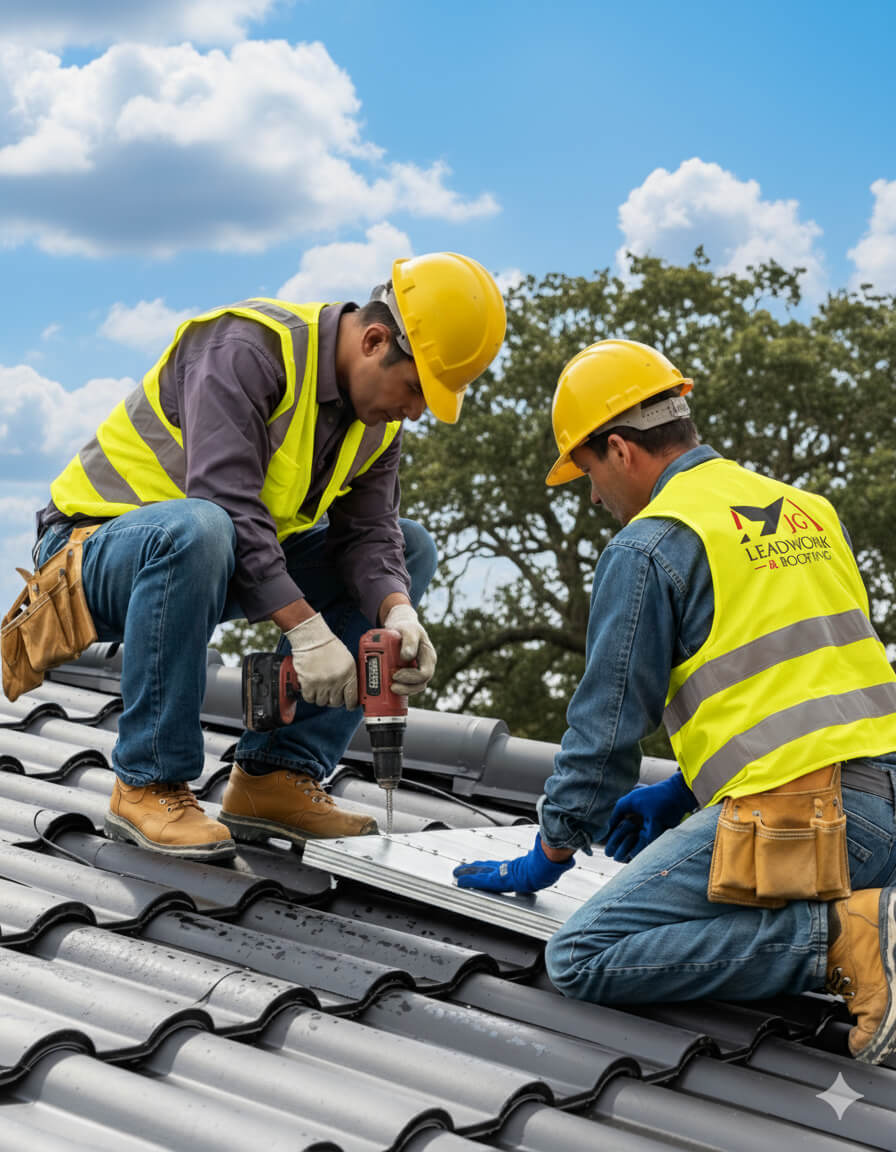
At JG Leadwork and Roofing, every project follows a structured QA process. Each stage—materials, installation, safety, and final sign-off—is measured against manufacturer specifications and UK Building Regulations to ensure durability, compliance, and warranty-backed performance across all roofing services.
Projects are only signed off once all QA checks are complete, giving clients confidence in long-term performance, structural safety, and insurance-backed peace of mind.
Every Roofing Services in Ealing project by JG Leadwork and Roofing is delivered in strict alignment with UK Building Regulations and recognised frameworks. This ensures structural safety, energy efficiency, durability, and protects warranties and insurance coverage across residential, commercial, industrial, and heritage properties.
Clients can be confident their project is completed legally, safely, and insurance-ready—delivering long-term performance, compliance assurance, and complete peace of mind.
Property owners often wonder about Roofing Services in Ealing—from costs and timescales to permissions. Below, you’ll find straightforward, trustworthy answers to the most frequent and practical queries.
Roof insulation is now a legal requirement throughout England due to updated Part L regulations within the Building Regulations. Part L is designed to improve energy efficiency in buildings. For roofs, it sets strict minimum standards for insulation—measured by U-value (which indicates how much heat passes through a material; a lower value means better insulation). These rules aim to reduce heat loss, lower energy bills, and decrease carbon emissions. For anyone managing properties or planning construction work in Ealing, understanding these expectations is vital for compliance, project sign-off, and long-term cost control.
Ignoring these requirements may result in failed inspections, increased energy costs, and costly delays. Part L does not just affect new builds; it applies to most re-roofing, conversions, and major refurbishments. The law shapes which insulation types you can use, dictates installation methods, and may require additional approvals—especially in conservation areas or with heritage properties. Here’s how the regulations, materials, costs, and London-specific factors break down.
Under Part L, all new or upgraded roofs must meet a specific U-value—generally 0.16–0.18 W/m²K for both pitched and flat roofs. Achieving this standard usually means fitting a minimum thickness of insulation material, which frequently requires 120–150mm of rigid insulation board for pitched structures. Building Control will require detailed evidence of compliance, including product datasheets or inspection of the installed layers.
Refurbishments that cover more than 25% of a roof’s area will trigger these requirements. Work that falls short—such as patch repairs—may be exempt, but most significant upgrades and all conversions are scrutinised. Non-compliance can block final sign-off and may result in fines or mandated works.
Insulation must not only perform thermally, but also fit within the existing structure. PIR (polyisocyanurate) boards are common, especially where slim profiles are required. Mineral wool and other materials may suit loft conversions or spaces with more height. The method of installation—either as a “warm roof” (insulation above the structure) or “cold roof” (insulation between rafters)—affects both risk of condensation and project cost.
Design mistakes, like poor ventilation with cold roof setups, can cause condensation and damp. Retrospective fixes are often far more expensive than correct initial specification.
Material and labour costs for insulation are typically higher in London—expect a 10–20% premium compared to other UK regions. This is due to increased demand, a shortage of specialist labour, and the complexity of local projects.
If your property sits in a conservation area or is a listed (heritage) building, work will likely need local authority consent before changing insulation or roof coverings. Achieving the necessary U-values in these settings can mean using bespoke methods or products, introducing further costs and delays.
A structured approach can help you navigate these requirements and avoid budget surprises:
| Factor | Typical Range / Value | Why It Matters |
|---|---|---|
| Required U-value (pitched) | 0.16–0.18 W/m²K | Triggers compliance checks and sign-off |
| PIR insulation thickness | 120–150mm | Balances energy standards and build height |
| Cost uplift (London area) | +10% to +20% | Raises project budget expectations |
| Conservation requirements | Project- and site-specific | May need specialist materials or permissions |
By understanding these factors early, property owners, contractors, and developers can align their roofing projects with both legal standards and efficiency goals—while managing costs and avoiding regulatory pitfalls.
For most properties in Ealing and across the UK, roof installation usually takes between two days and three weeks—depending on the type and size of the project. Replacement of a standard residential roof is typically completed in about 4–7 working days for a pitched, tiled roof, while a new flat roof may take anywhere from 1–5 days. Larger commercial or heritage projects can exceed two weeks, especially where complex detailing or conservation requirements are involved.
Understanding roof installation timelines is essential for effective planning: it helps homeowners arrange alternative accommodation if needed, allows landlords and managing agents to schedule works around tenancies, and enables facility managers or heritage custodians to assess business or visitor disruption. Accurate expectations are vital for cost control, weather risk, and site safety during the project.
Most pitched roof installations, such as those using clay tiles, concrete tiles, or slate, follow a structured sequence:
A typical flat roof (e.g., felt, EPDM, or liquid-applied) involves fewer layers and usually takes 1–3 days for dwellings under 30m², but projects with multiple abutments or roof lights may require up to a week. Heritage and conservation projects may run well beyond a fortnight if custom-made materials or approvals are involved.
The speed of roof installation is shaped by property-specific and environmental factors:
Heritage or listed buildings also require stricter control: site protection, hand-made materials, or compliance inspections can create longer but non-negotiable timelines.
All roof systems demand ongoing care to maximise their lifespan:
Proactive maintenance helps property owners avoid escalation from routine wear and tear into major leaks, rot, or insulation failure—issues that drive unplanned costs and disruption.
Roof longevity is chiefly dictated by material selection and the care invested in regular upkeep. Typical UK ranges include:
| Material | Typical Lifespan | Inspection Frequency | Core Maintenance |
|---|---|---|---|
| Slate (natural) | 80–120 years | Every 5 years | Replace broken slates, check nails, clean gutters |
| Clay/Concrete Tile | 50–80 years | Every 2–3 years | Replace cracked tiles, repoint ridge/hips |
| Felt (flat roof) | 10–20 years | Every 2 years | Patch splits, check joints, seal exposed edges |
| EPDM | 25–40 years | Every 2 years | Check seams, remove debris, monitor outlets |
| Liquid-Applied | 20–35 years | Every 2–3 years | Assess coatings, reapply at end-of-life |
Longevity assumes professional installation, correct allowance for thermal expansion joints, and ongoing maintenance. Material warranties may stipulate minimum inspection and cleaning cycles.
Regular review by a competent professional is recommended to monitor for subtle shifts or hidden defects that could lead to water ingress or insulation failure, especially after severe storm events. The combined effect of good installation and maintenance is a roof that protects a building for decades, minimises lifecycle costs, and upholds property value.
Making sense of roofing costs in Ealing means looking past the surface price and weighing what really secures your investment. Whether you’re a homeowner, landlord, or managing business property, the true value of roofing work lives in both the upfront sum and the long-term protection you get. Real cost clarity comes from understanding what shapes the bill, how warranties shield you from risk, and why certified installers are non-negotiable if you want lasting assurance. These details help limit unexpected liabilities, maintain energy standards, and ensure your asset stays insurable.
Several variables shape roofing costs: the project’s size and complexity, what needs fixing, your choice of materials, and how easy it is for trades to access the roof. While a minor tile repair is far cheaper than a full replacement, each scenario carries its own hidden drivers. Heritage properties, structural fixes, and premium finishes can send costs higher, whereas skipping necessary steps often brings expensive risks later.
| Service Type | Typical Range (UK) | Key Influences |
|---|---|---|
| Roof Repair | £250 – £1,200 | Damage type, access, materials |
| Roof Replacement | £5,000 – £15,000+ | Size, structure, insulation, finish |
A small repair to slipped or damaged tiles might only set you back a few hundred pounds. Full replacements—especially for larger or period homes—can rise above £15,000, particularly where new insulation or updating roof structure is essential for Part L compliance. Always check what is and isn’t included, as costs for waste disposal, emergency protection, or regulatory checks can also add up.
Look for an insurance-backed warranty as the baseline for any quality roofing work. These warranties typically last 10–20 years and give you confidence that materials and labour are protected, even if your installer later leaves the trade. Solid warranties cover issues like premature tile failure, leaks from poor workmanship, or flashing problems, letting you claim repairs without legal wrangling or grey areas. For property owners and buy-to-let landlords, such assurances are often required by building insurers—and can be essential when proving Part L compliance for insurance pay-outs or future sales. Check exclusions carefully: most warranties don’t cover storm damage or lack of maintenance, so it’s vital to know your responsibilities.
Using an accredited installer is the surest path to compliant, future-proof roofing. Seek out roofers with trade qualifications such as NVQs, affiliations to industry bodies like CITB or the National Federation of Roofing Contractors, or endorsements from schemes like Which? Trusted Trader and CompetentRoofer. These qualifications guarantee up-to-date training, regular assessment, and unlock access to the manufacturer warranties needed for long-term protection. Only properly accredited professionals can self-certify work for Building Regulations compliance—saving you hassle and safeguarding against hidden errors that might void warranties or insurance down the line.
Cutting corners, whether with unqualified labour or overly simple quotes, can cost you dearly:
False savings have long tails: missing paperwork, no warranty cover, and non-compliant work often translate directly into refused insurance claims and expensive repairs. For those protecting their property’s value and managing risk, insist on transparent, compliant work with full credentials and warranties every time.
There are times when waiting to address a roofing issue is not just risky—it can lead to compounding damage, insurance complications, and skyrocketing repair bills. Emergency roof repair becomes absolutely necessary whenever active leaks, visible storm damage, or sudden structural problems threaten to compromise safety or cause water ingress inside your property. In Ealing’s variable climate, missed windows for repair can mean the difference between a straightforward fix and a major overhaul.
Timing is critical: Acting quickly after a roofing emergency protects your home from expensive internal damage, aligns with insurance obligations, and helps avoid the escalation of minor defects into large-scale failures. Whether triggered by a winter storm or summer downpour, swift intervention ensures roof performance is restored before further deterioration takes hold.
Some scenarios call for a response within hours—not days or weeks. These include:
In these cases, the immediate priority is containing the risk of immediate water ingress. Temporary stabilisation, such as tarping exposed sections or using emergency patching materials, limits damage until a full repair can be organised. Ignoring urgent problems often leads to rapid deterioration, undermining the structure and ensuring higher costs down the line. For critical damage, a formal assessment and prompt completion of a robust repair solution is required to restore safety and meet insurance obligations.
Not all roof work is created equal—seasonal timing plays a decisive role in both safety and material performance. During winter, freeze–thaw cycles can rapidly worsen cracks, gaps or minor penetrations; water turns to ice within roof layers or gutters, prising apart materials and causing sudden leaks. Cold, wet weather also hinders the curing of adhesives and sealants, and creates unsafe access conditions.
By contrast, spring and summer windows are optimal for most repairs and complete installations. Warmer, drier conditions:
However, emergencies are not limited to fair weather– a leaking roof in December requires action no matter the forecast. In those cases, speedy mitigation and a follow-up plan for a full repair during a stable weather window may be advised.
Most building insurance policies require prompt notification after any roofing incident. Delayed responses—sometimes even waiting more than a few days—can lead insurers to suspect neglect, resulting in partial or rejected claims. Typical policy terms include a duty to mitigate further loss, meaning you are expected to take reasonable steps (such as emergency tarping) to prevent additional water damage before full repairs begin.
Supporting documentation—photos, weather reports, and proof of immediate action—strengthens your position when making a claim. Insurance adjusters are far less likely to approve coverage if there is evidence of avoidable escalation due to inaction, or if necessary repairs are postponed without valid reason.
Failing to act swiftly on a developing roofing problem often triggers a cascade of more serious and expensive consequences:
Every extra day between identifying the issue and taking action increases both the financial outlay and the risk to your property’s structural health. Fast decision-making, especially after storms or sudden leaks, preserves not only your roof but also the broader investment you’ve made in your home or commercial building.